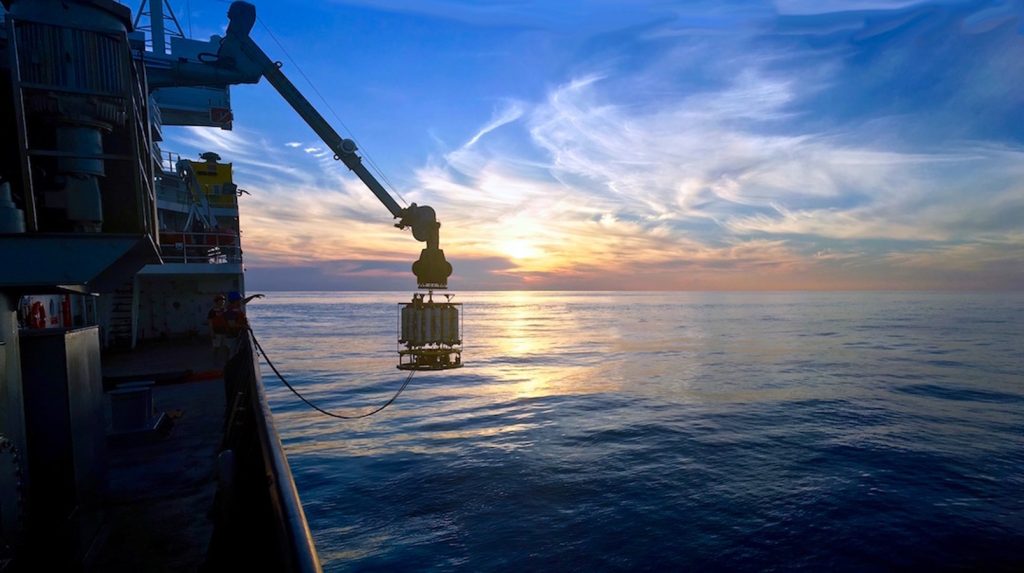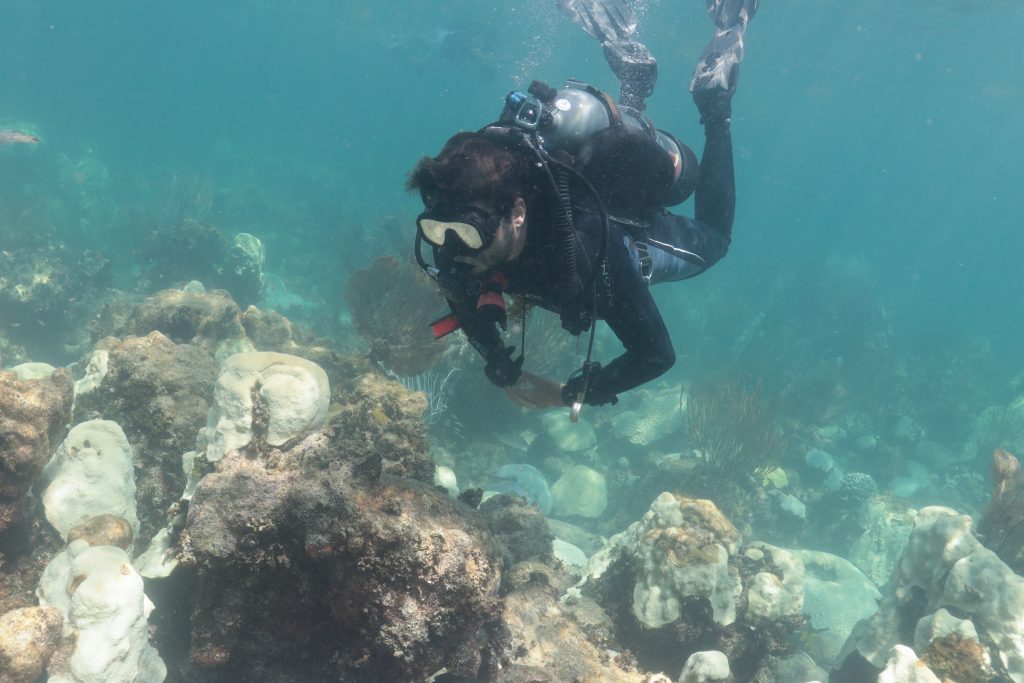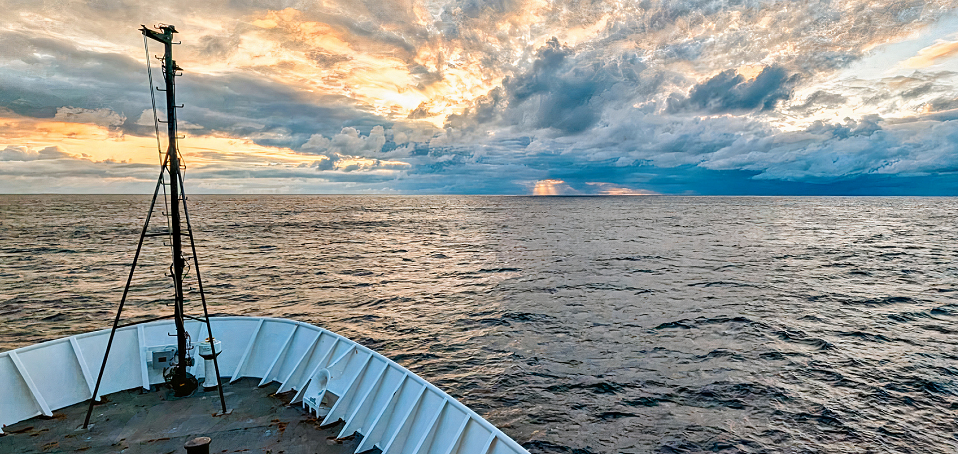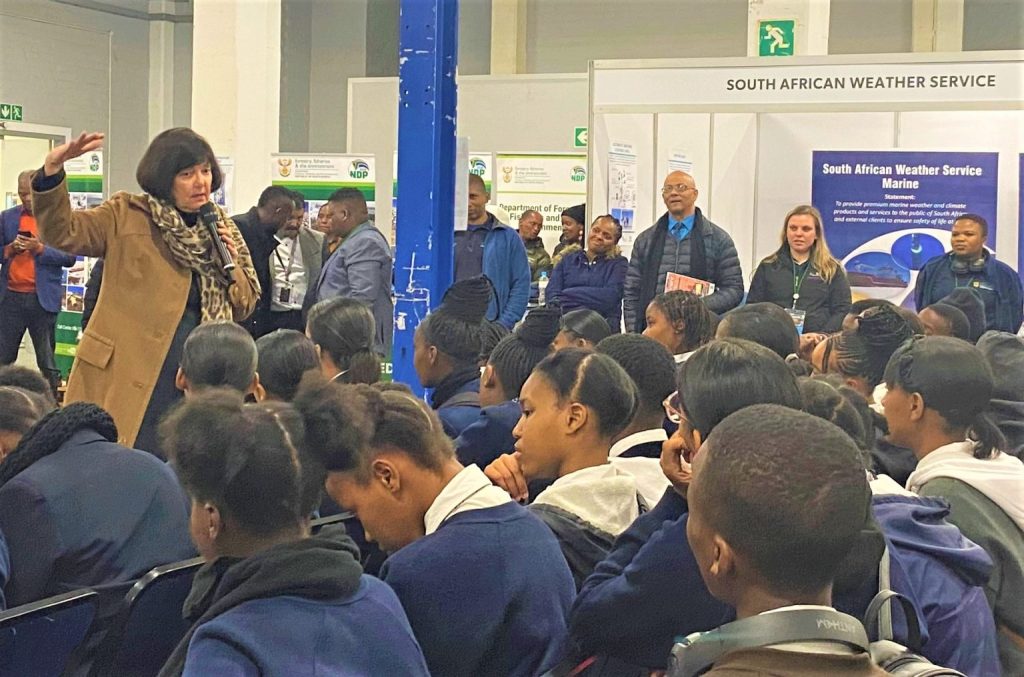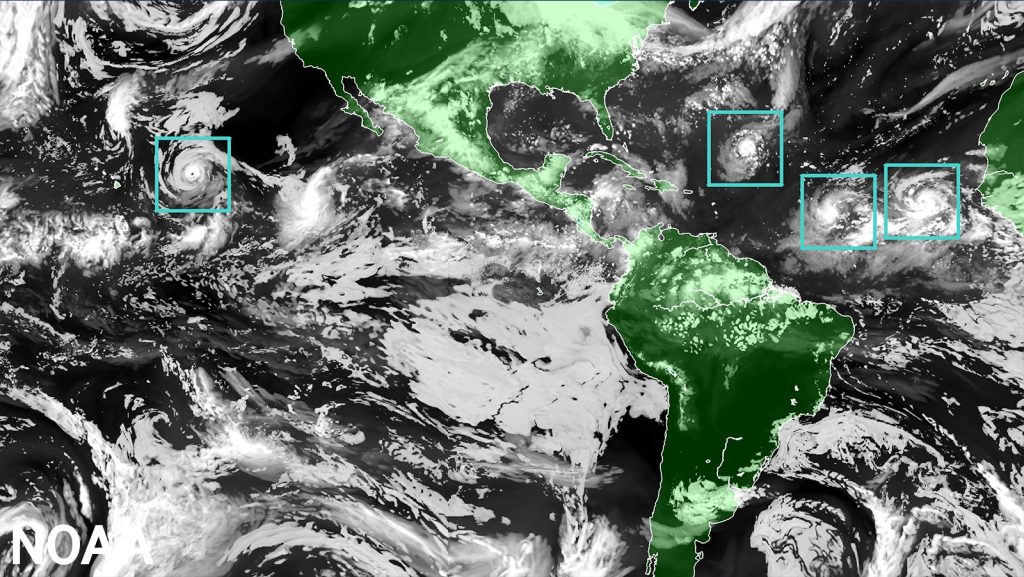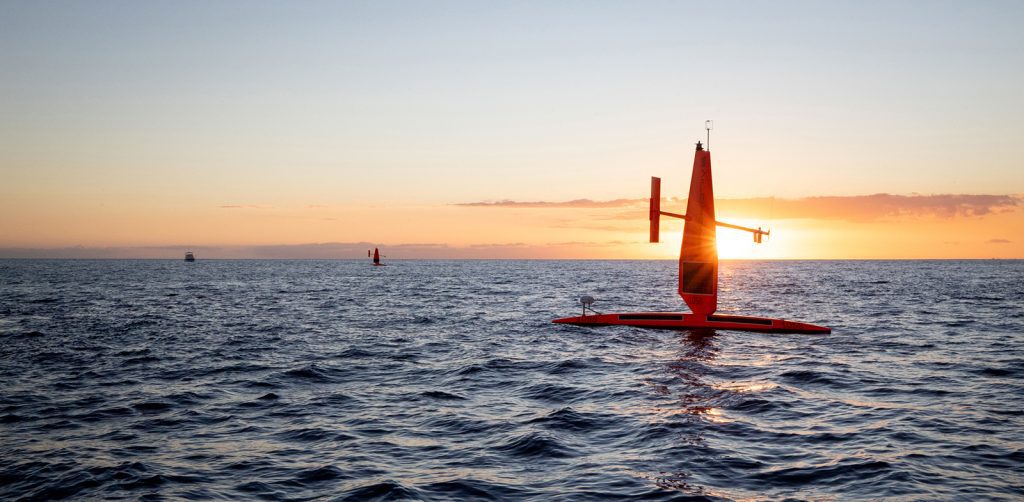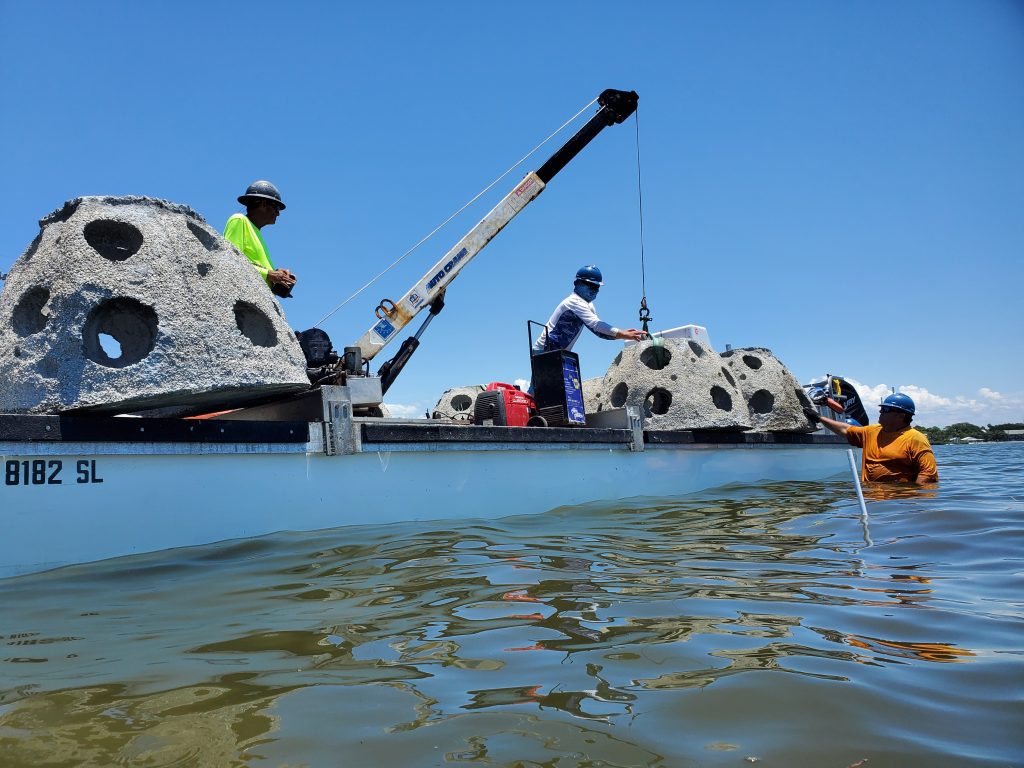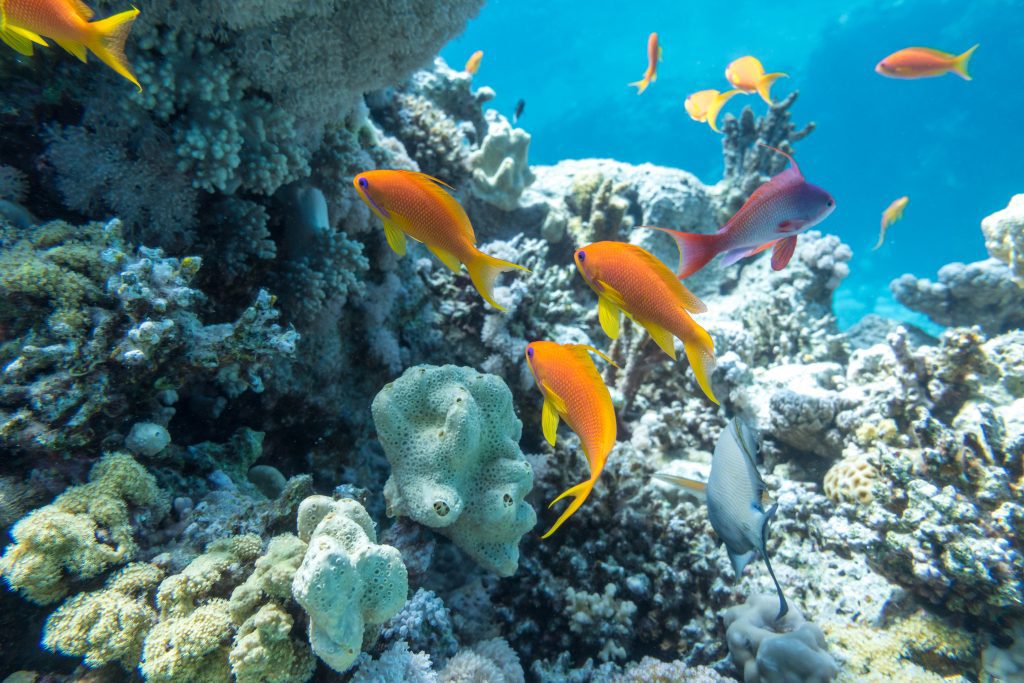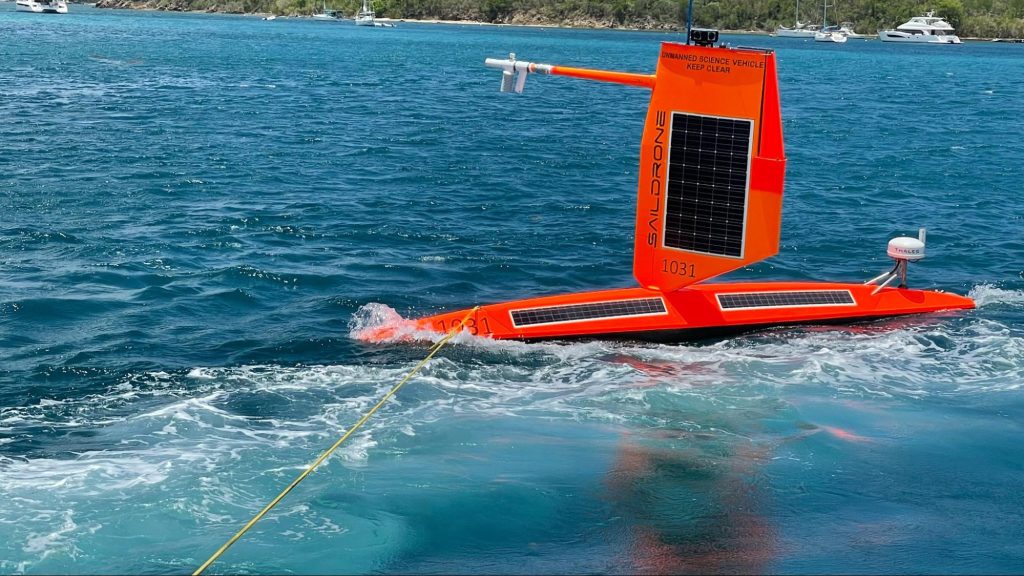Landmark study indicates weakening of ocean carbon sink
A landmark study published last week demonstrates that the ocean’s role as a carbon sink and its ability to store anthropogenic, or human-caused, carbon may be weakening. A collaboration among international researchers led by Jens Daniel Müller, Ph.D. (ETH Zurich), this study captures a snapshot of three decades of global interior ocean measurements to determine the change in ocean storage of carbon emitted due to human activity and what it suggests about the future under a changing climate.
Landmark study indicates weakening of ocean carbon sink Read More >
